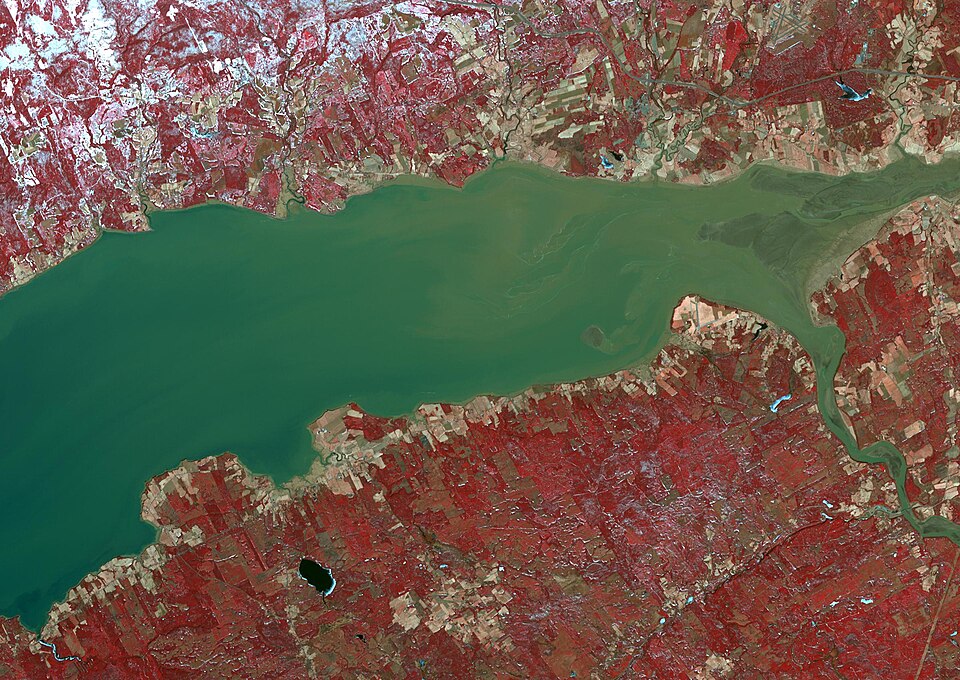Impact of Last Ice Age Climate Change on Bay of Fundy Tides

The Bay of Fundy, renowned for possessing the highest tides in the world, owes its unique tidal patterns to events dating back nearly 12,000 years, at the close of the last Ice Age. Catrina Russell, a geoscientist and education co-ordinator for Stonehammer Geopark in New Brunswick, emphasizes that these tides are not merely a contemporary phenomenon but rather the result of significant climatic transformations that occurred during a pivotal period in Earth’s history.
According to Russell, the melting of massive ice sheets contributed to a substantial influx of freshwater into the oceans, thereby raising sea levels and influencing tidal dynamics. "Climate change is something that happens over and over again," she explains. "The climate was always changing based on plate tectonics and the orientation of our continents. At the end of the last Ice Age, a huge amount of water entered the ocean from that melting ice, resulting in our tides."
Russell serves as a researcher and educator at the sprawling 2,500-square-kilometre geopark located in the Saint John area. She recently collaborated on a tour titled the 'Rockin Uptown Tour' alongside Jack Quirion, a biologist and climate change projects co-ordinator for ACAP Saint John. Together, they aim to contextualize geological and climate science, helping audiences grasp the implications of these historical processes on contemporary life.
The impact of the last Ice Age continues to resonate today, with rising temperatures attributed to both anthropogenic climate change and ongoing natural environmental shifts. "We are still at the end of this last Ice Age, so temperatures are still rising because of that," Russell notes, while highlighting the accelerated rate of change driven by human activities.
The historical significance of the region's geology cannot be overstated, as it has influenced both settlement patterns and economic decisions for generations. Russell reflects, "Geology is the foundation to everything we do; it shapes our experience. Those first Loyalists landing right here may not have stopped here if it hadn’t been for the geology, for the tides."
As Saint John continues to evolve, the community has altered its landscape through various infill projects along the waterfront, which have implications for flood risks and erosion. Quirion expresses concern regarding the sustainability of such developments in light of rising sea levels: "I’ve heard voices in the community concerned that we’re spending so much effort developing the waterfront, but we must be cautious. We’re not building things that might eventually end up underwater."
ACAP Saint John is actively conducting research in the Stonehammer region to assess climate change impacts and formulate mitigation strategies. Quirion asserts, "We’ll be looking at preventing erosion and slowing its rate, while also addressing the increasing flooding we’re going to have to deal with."
The organization advocates for natural solutions to combat erosion and flooding instead of traditional hard infrastructure, such as seawalls, which may exacerbate the problem by displacing wave impacts. Quirion states, "There are better solutions using plants, a combination of built infrastructure and nature-based solutions."
In summary, the tides of the Bay of Fundy are a testament to the long-term effects of climatic shifts, with a legacy that extends from the last Ice Age to present-day challenges posed by climate change. Understanding this historical context is crucial for developing effective strategies to address ongoing environmental concerns in the region, ensuring that the community can thrive in a changing climate.
Advertisement
Tags
Advertisement





